Leading market players are investing heavily in research and development in order to expand their product lines, which will help the 3D Display market, grow even more. Market participants are also undertaking a variety of strategic activities to expand their global footprint, with important market developments including new product launches, contractual agreements, mergers and acquisitions, higher investments, and collaboration with other organizations. To expand and survive in a more competitive and rising market climate, 3D Display Application must offer cost-effective items.
Manufacturing locally to minimize operational costs is one of the key business tactics used by manufacturers in the global 3D Display Application to benefit clients and increase the market sector. In recent years, the 3D Display Application has offered some of the most significant advantages to medicine. Major players in the 3D Display market, including Panasonic Corporation, Samsung Electronics, Corporation Toshiba Corporation, LG Electronics Inc., Sharp Corporation, Sony Corporation, 3D combination, Mitsubishi Electric Corporation, 3DIcon, and Fujifilm Corporation, are attempting to increase market demand by investing in research and development Products.
Wearable technology, smartphones, tablets, and personal computers are all produced, sold, and created by Apple Inc. (Apple). The company additionally offers accessories, software, connected services, and digital content from third parties. Among Apple's product lines are the iPhone, iPad, Mac, iPod, Apple Watch, and Apple TV. iCloud, AppleCare, Apple Pay, iOS, macOS, iPadOS, and watchOS are just a few of the consumer and commercial software applications it offers. Apple offers and distributes digital material and programmes via the App Store, Apple Arcade, Apple News+, Apple Fitness+, Apple Card, Apple TV+, and Apple Music.
Cloud services, financial services, and advertising services are also provided by the company. The corporation has a commercial presence throughout the Americas, Europe, the Middle East, Africa, and Asia-Pacific. Apple is based in Cupertino, California, a city in the United States. Apple Inc. said in April 2022 that it would begin selling MR devices with Micro OLED and OLED screens. Such HMD R&D will fuel the market for 3D displays' HMD segment growth throughout the course of the projected period.
Sony Group Corp. (Sony) manufactures a variety of products, including devices, tools, medical equipment, semiconductors, and electronics. The company's products include batteries, software, televisions, cell phones, cameras, music systems, game consoles, and other electrical equipment. Sony produces, buys, and distributes motion films, television programmes, and recorded music in addition to operating television and digital networks. Through distributors, sales divisions, and online direct sales, the company promotes its products. Under the names Airpeak, Sony, PlayStation, Walkman, Blu-ray, Cyber-shot, Bravia, Exmor, and Experia, it offers products for sale.
Africa, the Middle East, Asia-Pacific, and the Americas are all where the company has activities. Sony's corporate headquarters are in Minato-Ku, Tokyo, Japan. In August 2022, Sony introduced the new A95K OLED TV, which features cognitive processor XR technology for an immersive viewing experience and delivery of the creator's original content.

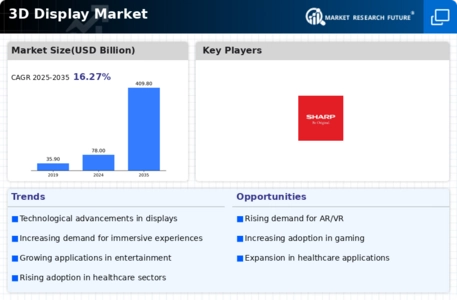

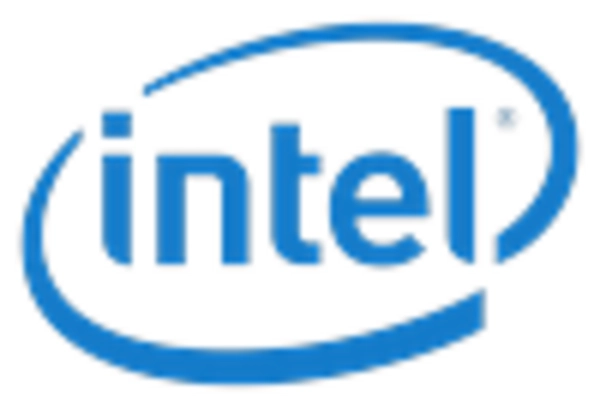

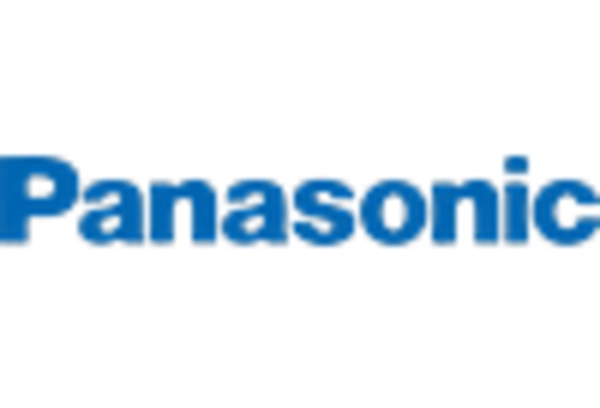
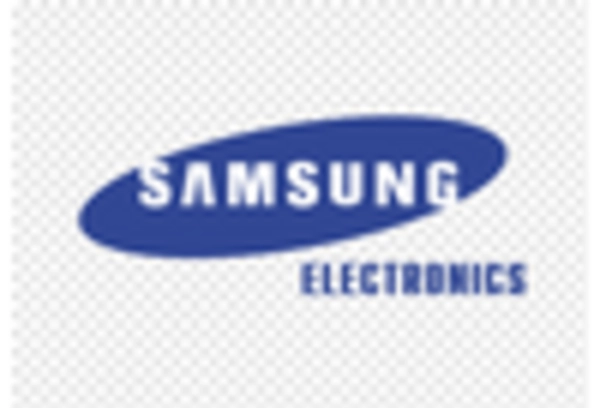

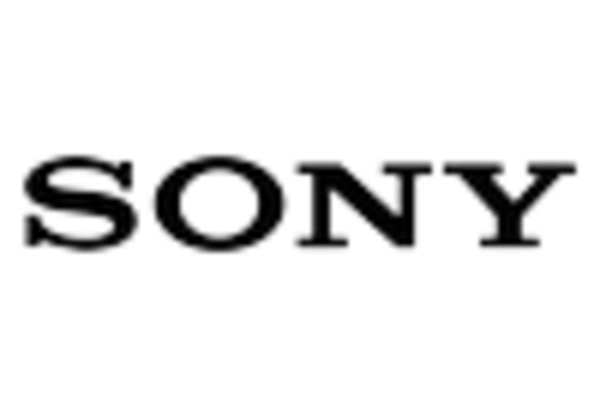








Leave a Comment